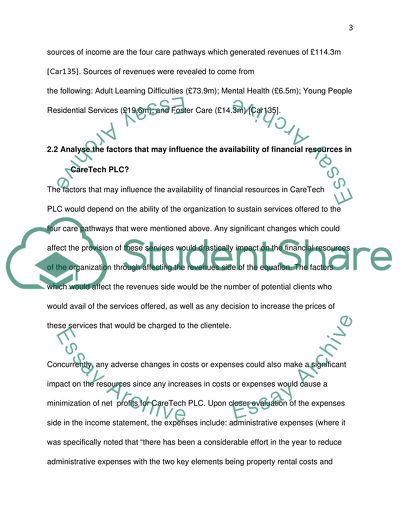Cite this document
(Managing Financial Resources in Health and Social Care Essay - 4, n.d.)
Managing Financial Resources in Health and Social Care Essay - 4. https://studentshare.org/finance-accounting/1832974-managing-financial-resources-in-health-and-social-care
Managing Financial Resources in Health and Social Care Essay - 4. https://studentshare.org/finance-accounting/1832974-managing-financial-resources-in-health-and-social-care
(Managing Financial Resources in Health and Social Care Essay - 4)
Managing Financial Resources in Health and Social Care Essay - 4. https://studentshare.org/finance-accounting/1832974-managing-financial-resources-in-health-and-social-care.
Managing Financial Resources in Health and Social Care Essay - 4. https://studentshare.org/finance-accounting/1832974-managing-financial-resources-in-health-and-social-care.
“Managing Financial Resources in Health and Social Care Essay - 4”. https://studentshare.org/finance-accounting/1832974-managing-financial-resources-in-health-and-social-care.


